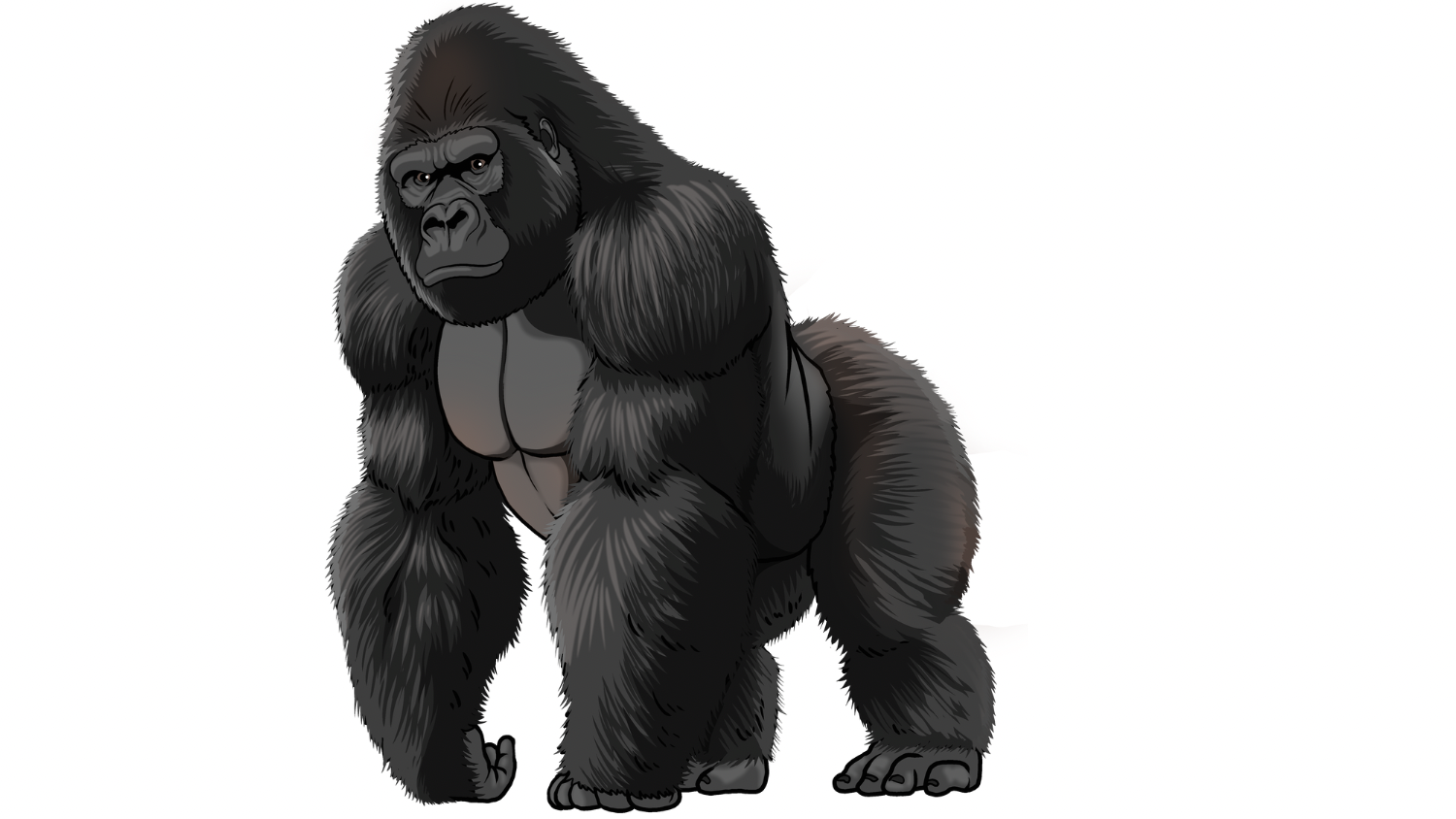
The Home of The Silverback
-

Gorilla Instincts l
Do you know what’s remarkable?
Gorillas share 98.3% of their DNA with us, humans, making them our closest cousins after chimpanzees and bonobos. Now, that’s what’s remarkable!
Gorillas are gentle giants and display many human-like behaviours and emotions, such as laughter and sadness. The largest of the great apes, gorillas are stocky animals with broad chests and shoulders, large, human-like hands, and small eyes set into hairless faces.
They live in family groups of usually five to 10, but sometimes two to more than 50, led by an adult male The Silverback. The bond between The Silverback and his females forms the basis of gorilla social life.
-

The Gentle Giants
In various cultures and mythologies, Gorillas hold significant symbolism and are often revered for their impressive attributes. In some African cultures, gorillas are regarded as symbols of strength, courage, and protection. They are associated with powerful spirits and are considered sacred animals in certain tribal beliefs.
Gorillas have also been featured in folklore and storytelling, representing noble and wise characters. In modern Western culture, gorillas are seen as icons of conservation and environmental protection, advocating for the preservation of their natural habitats and the importance of wildlife conservation.
-

Keystone Species
Gorillas hold significant ecological importance in their native habitats, primarily the dense forests of Central and West Africa. As one of the largest and most powerful primates, the Gorilla plays a crucial role in shaping its environment. Being primarily herbivorous, Gorillas contribute to seed dispersal, promoting the growth and diversity of vegetation in the forest. Their foraging and browsing activities help maintain plant communities, making them essential agents in maintaining forest health and ecosystem balance.
Additionally, Gorillas are considered keystone species, meaning they have a disproportionately large impact on their ecosystem compared to their population size. Their presence influences other species' behaviour, including other herbivores and predators, and fosters biodiversity by creating favourable conditions for other flora and fauna to thrive.
-

-
The Need of the hour
Gorilla species have been decreasing in numbers for decades, and a 2010 United Nations report suggests that they may disappear from large parts of the Congo Basin by the mid-2020s.
As the Gorilla populations are threatened by habitat loss and poaching, their conservation becomes critical not only for their survival but also for the preservation of the delicate ecosystems they inhabit.
Protecting Gorilla populations also ensures the preservation of the rich biodiversity and ecological integrity of their forest homes.
-

The Vision - The Silverback Initiative
The vision is to help protect these Gentle Giants and their ecosystem. Our ecosystem.
The Super Silverback is here to do just that!
There’s more to come. Follow us to find out how you can help us support this cause.






